A Pro’s Guide to Getting Rid of Fleas for Good (Without Losing Your Mind)
Let’s be real. Few things make your skin crawl quite like finding fleas in your own home. One minute you’re petting your dog, the next you’re convinced you’re being invaded. And honestly, you are. After years in pest control, I can tell you that a flea problem is one of the most frustrating things a homeowner can face. It feels personal.
In this article
Many people think a flea bath or a store-bought spray will fix it, but a month later, they’re getting bitten on the couch. Why? Because fleas are survival experts. Getting them out isn’t about one magic bullet; it’s about systematically breaking their life cycle with patience and the right game plan. Forget the weird internet hacks like sprinkling salt—we’re going to tackle this the way the pros do.
In a Hurry? The Two Most Important Things to Do RIGHT NOW
If you’re feeling overwhelmed, just start here. These two actions will give you the most bang for your buck immediately:
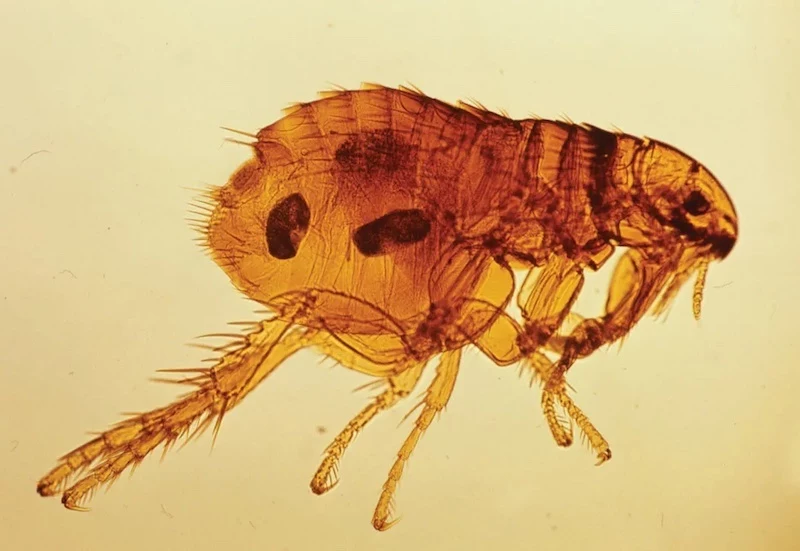
- Treat Your Pet: Call your vet and get a high-quality, vet-approved flea treatment (a pill, chewable, or topical). Your pet is the mobile flea cafeteria, and cutting off their food source is priority number one.
- Vacuum Like Crazy: Grab your vacuum and go to town on every single spot your pet loves to sleep, eat, or just hang out. This physically removes a ton of eggs and adults right away.
Doing just these two things will start to turn the tide while you prepare for the full battle.
First, Let’s Talk Money: DIY vs. Calling a Pro
Before we get into the nitty-gritty, you’re probably wondering what this is going to cost. It’s a valid question. To be frank, calling a professional pest control service for fleas isn’t cheap. For an average-sized home, you can expect to pay anywhere from $300 to $600, depending on the severity of the infestation and where you live.
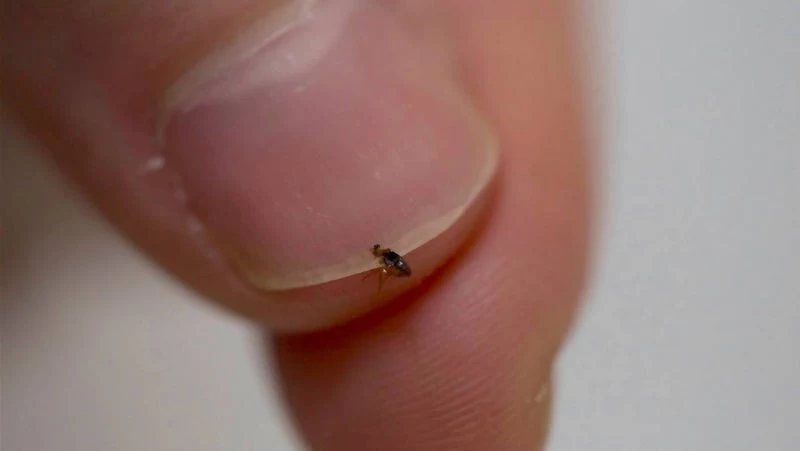
The good news? You can absolutely do this yourself for a fraction of the cost. You can get all the essential supplies—the good stuff that actually works—for around $50 to $75. It requires more work on your part, but you can get the same results if you’re thorough.
The Flea Life Cycle: Know Your Enemy
You can’t win a fight if you don’t know who you’re up against. Almost every failed DIY attempt I’ve seen comes from only targeting the adult fleas you can see. But the adults are just the tip of the iceberg, making up only about 5% of the total population in your house. The other 95% are hiding as eggs, larvae, and pupae.
Here’s the quick and dirty breakdown:
- Eggs: An adult female lays up to 50 eggs a day. They’re like tiny, non-sticky grains of salt that fall off your pet everywhere they go—carpets, sofas, your bed… you get the idea.
- Larvae: These tiny worm-like things hatch and immediately burrow deep into carpet fibers or floor cracks, away from light. They eat organic gunk, especially the “flea dirt” (dried blood) left by adult fleas. Gross, but effective.
- Pupae: This is the supervillain stage. The larva spins a sticky, nearly indestructible cocoon. It’s camouflaged and, more importantly, resistant to most insecticides. Inside this little fortress, the flea waits… sometimes for months… for a sign of a meal (heat, vibration, or carbon dioxide). This is why fleas can suddenly “reappear” long after you thought they were gone.
- Adults: Once it senses you or your pet, the adult flea emerges and jumps aboard for a blood meal, starting the whole nightmare over again.
Our plan has to target every single one of these stages.
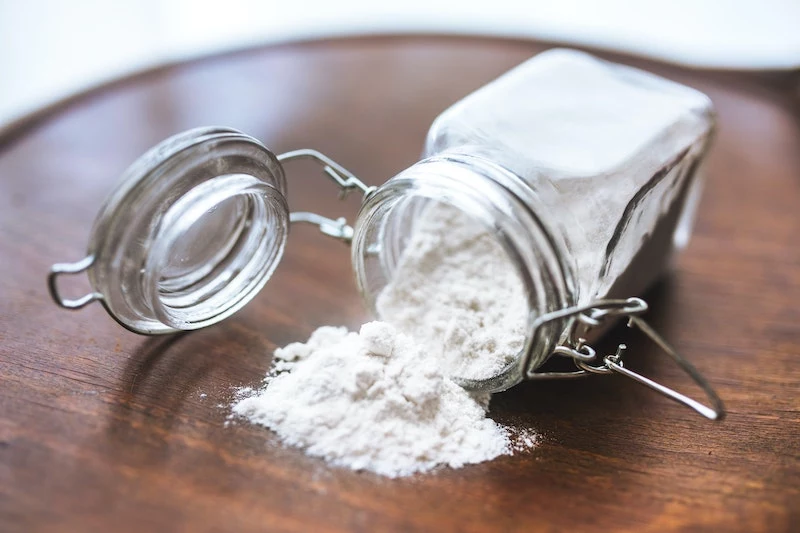
Your Step-by-Step Battle Plan
Alright, time to roll up our sleeves. This is a multi-front war: the pet, the inside of your home, and the yard. Skipping any one of these is just asking for trouble.
First: Your Shopping List
Before you start, get your supplies in order. Here’s what you’ll need from a hardware store like Home Depot or from online retailers.
- An Insect Growth Regulator (IGR) Spray: This is your secret weapon. Look for a product containing methoprene or pyriproxyfen. A great, widely available option is Precor 2000 Plus Premise Spray. It kills adults and contains the IGR to stop the life cycle. Expect to pay around $20-$25 for a can, which should be enough for an apartment or small house.
- Food-Grade Diatomaceous Earth (DE): A fantastic, low-toxicity powder for cracks and crevices. A 4 lb bag costs about $10-$15 and will last forever. Make sure it says “Food-Grade”!
- A Powder Duster (Optional but recommended): A small, handheld duster helps you apply DE in a fine, even layer instead of messy clumps. It’s about $10.
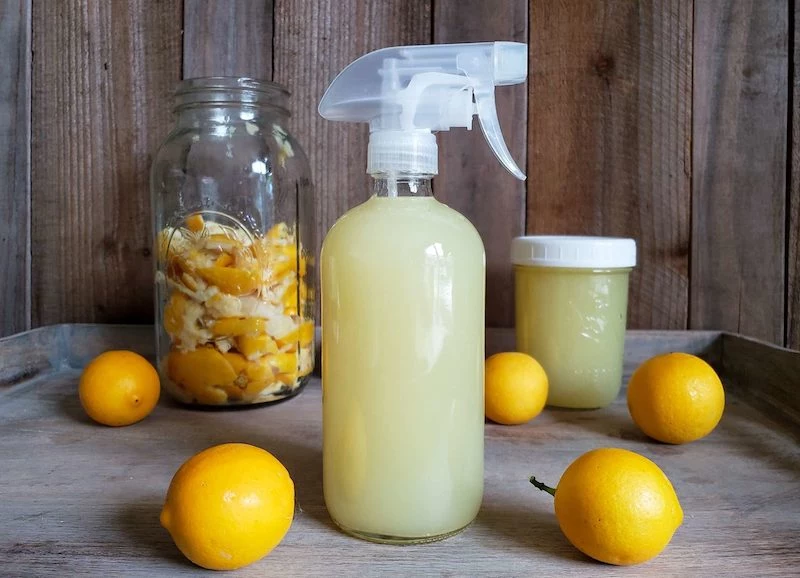
Step 1: Prep the Battlefield (This is Non-Negotiable!)
I can’t stress this enough: your success depends entirely on your prep work. If the products can’t reach the fleas, they can’t work. Be honest with yourself, for a 1,500 sq. ft. house, this is a solid 3-4 hour job. Put on some music, but don’t start at 9 PM.
Here’s your checklist:
- Declutter EVERYTHING. Get all toys, clothes, shoes, and clutter off the floors. Clear out the space under beds and in closets. Fleas thrive in undisturbed chaos.
- Strip all beds and pet bedding. Put it all in plastic bags to carry to the laundry room to avoid shaking eggs all over the house.
- Vacuum all upholstered furniture thoroughly. Take the cushions off and get in every seam.
- Move furniture away from the walls so you can treat every baseboard and corner.
- Mow the lawn if you plan to treat the yard. This exposes the soil where fleas are hiding.
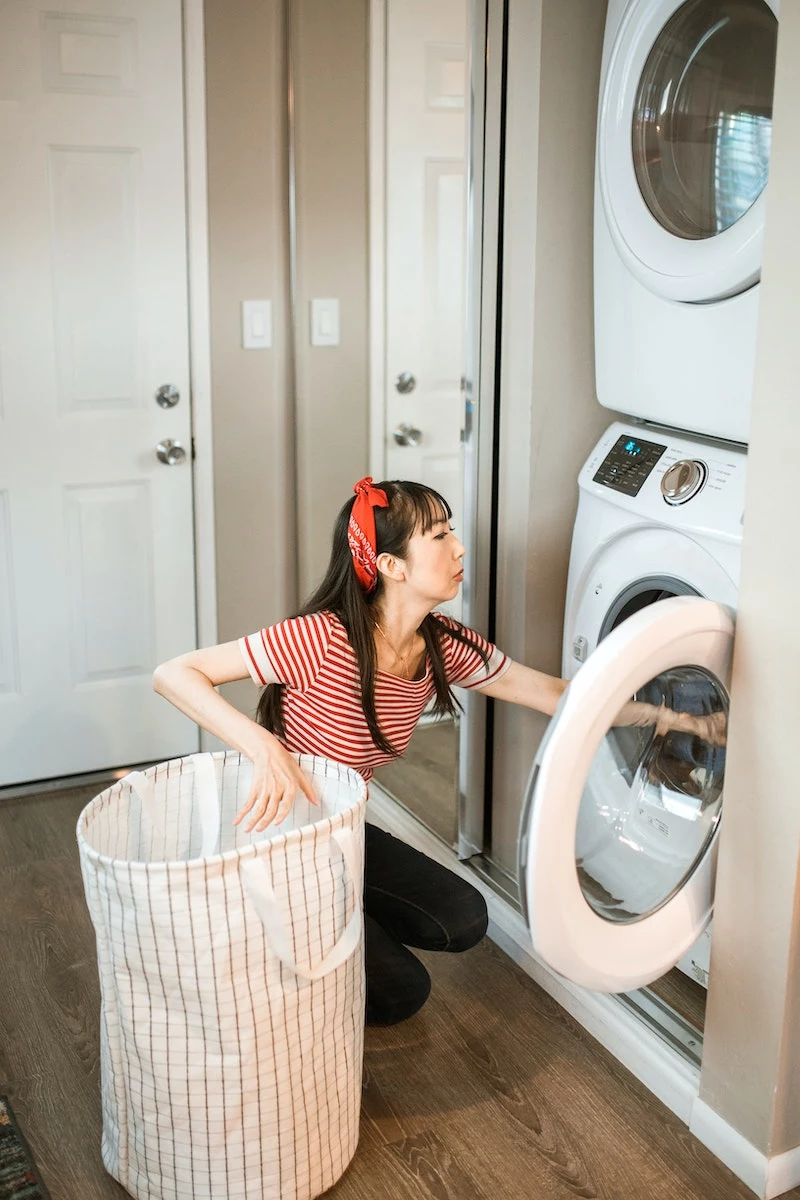
Step 2: Mechanical Warfare – The Vacuum and Washer
Your vacuum is your best friend in this fight. The goal here is physical removal. A vacuum with a good beater bar is a huge plus because the vibration actually stimulates the stubborn pupae to hatch, making them vulnerable.
Go over every inch of carpet multiple times and from different directions. Use the crevice tool along baseboards, between floorboards, and on furniture. Focus heavily on pet resting areas.
Heads up! A CRITICAL step: After vacuuming, that bag or canister is a flea nursery. Take the bag, seal it in a plastic trash bag, and get it into an outside trash can immediately. If you have a bagless model, empty the canister into a sealed bag OUTSIDE, and then wipe it down. I once had a client who emptied theirs into the kitchen trash… and they had to start all over again.
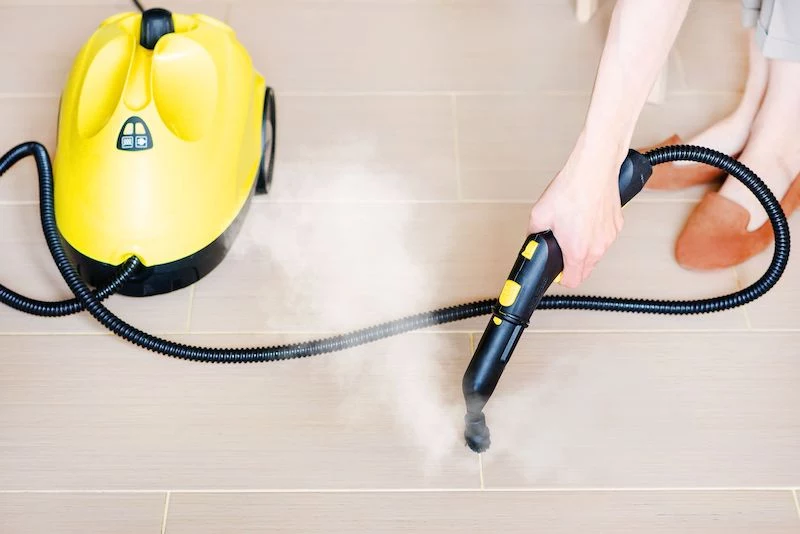
And don’t forget, heat is a killer. Wash all bedding, pet beds, and fabrics in the hottest water possible, and then dry on high heat for at least 30 minutes. The dryer’s heat is what really does the job.
Oh yeah, and a lesser-known trick: Don’t forget to treat your car! If your pet ever rides with you, flea eggs are on your floor mats and seats. Vacuum the car like you mean it and give it a light mist with the IGR spray, too.
Step 3: Choose Your Weapons Wisely
Now that you’ve physically removed as much as you can, it’s time for the products that will end the cycle for good.
So, what about those “flea bombs” or foggers? Honestly, I rarely recommend them. They release a cloud of insecticide that goes up and then settles down, completely missing the key hiding spots under furniture and deep in carpets where the larvae and pupae live. A targeted spray is so much more effective.
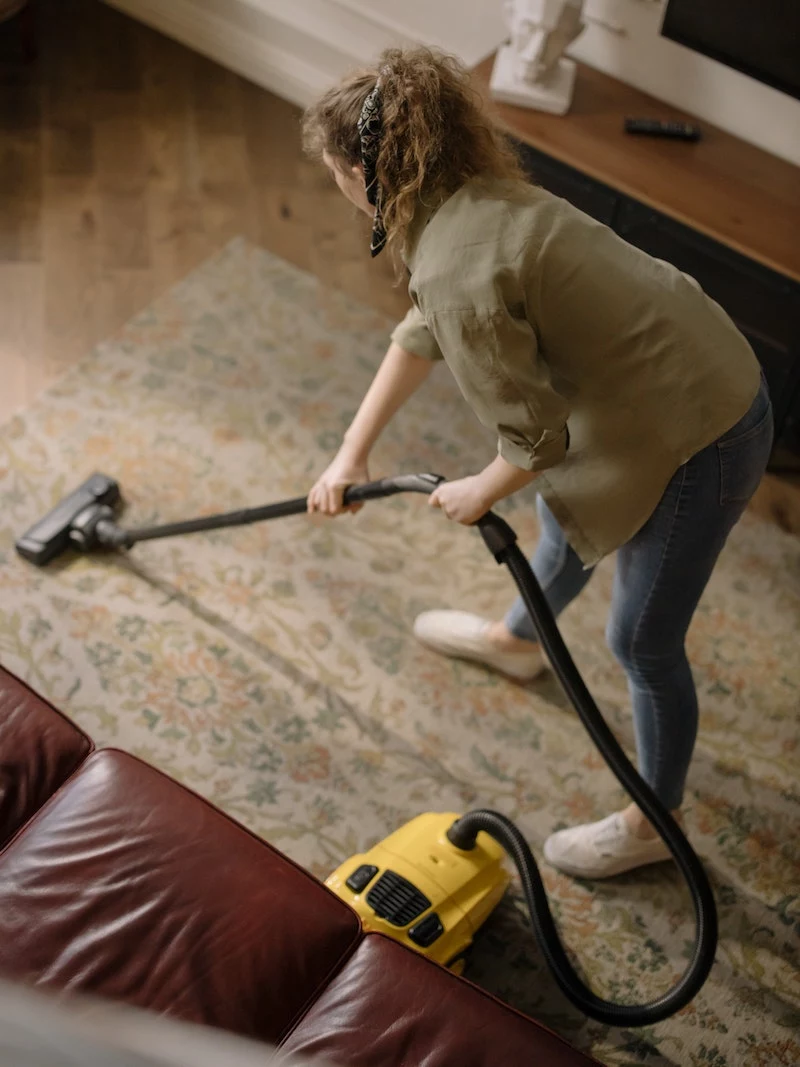
Instead, let’s focus on what works:
- Diatomaceous Earth (DE): This stuff is great for a targeted, long-lasting effect in out-of-the-way places. It’s a fine powder that physically scratches the flea’s exoskeleton, causing it to dehydrate and die. Always use food-grade DE, not pool-grade. Wear a dust mask when you apply it—you don’t want to breathe in the fine particles. Use a duster to puff a very light, barely visible film along baseboards, under furniture, in wall voids, and under appliances. Once the dust has settled, it’s safe for pets to be in the area, but keep them out of the room while you’re puffing it around.
- Insect Growth Regulators (IGRs): This is the professional’s secret weapon and the core of your treatment. An IGR like methoprene or pyriproxyfen is basically flea birth control. It doesn’t kill adults directly but stops eggs from hatching and larvae from growing up. It sterilizes the infestation. Sprays like Precor 2000 Plus combine a fast-acting chemical to kill the biting adults with the long-lasting IGR. Follow the label directions perfectly. Apply a light, even mist across carpets, under furniture, and on pet bedding (after washing). Let it dry completely before anyone, including pets, re-enters the area.
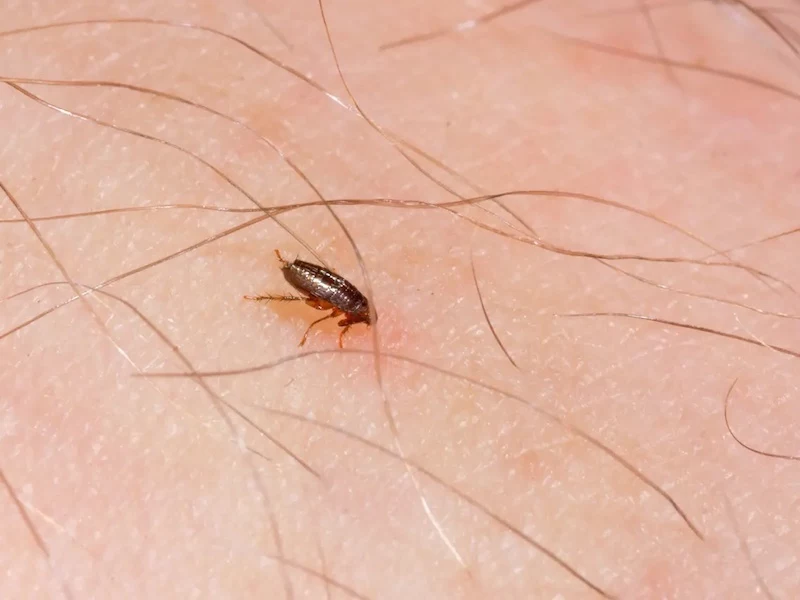
Step 4: Treat the Host (Your Pet)
This is simple: you will NEVER get rid of fleas if your pet is a walking buffet. I’m a pest expert, not a vet, so my strongest advice is to talk to your veterinarian. They know your pet’s health and can recommend the best and safest product, whether it’s a topical liquid, an oral pill, or a modern, effective flea collar. Treat every single dog and cat in the house, not just the one you see scratching.
Step 5: Secure the Perimeter (The Yard)
If you live in a warmer climate, your yard can be a constant source of re-infestation. Fleas don’t like sunny, open grass. They hang out in the shady, moist spots: under decks, in crawl spaces, near bushes, and along fence lines. You can buy outdoor-rated insecticides (some also contain an IGR) that connect to your hose. Focus your spray on these hot spots—no need to douse the whole lawn.
The Realistic Timeline: This Takes Patience
Getting rid of fleas is a process, not a one-day event. Here’s what to expect:
- Week 1: After your initial big clean and treatment, you’ll still see some adult fleas. This is normal! These are the pupae that are now hatching. Keep vacuuming daily.
- Weeks 2-3: You might see a little surge of fleas. This is scary, but it actually means the treatment is working. Your vacuuming and the IGR are forcing the pupae to emerge and expose themselves to the adulticide. Keep vacuuming every other day.
- After 1 Month: The activity should be gone or dramatically reduced. The IGR will keep working for months, preventing any stragglers from starting a new family.
If you’ve done all this and you’re still seeing a major issue after a month, or if the infestation was just biblical to begin with, it might be time to call for backup. There’s no shame in it. A pro has access to different products and equipment, and sometimes, you just need the problem gone fast. But for most situations, this plan will let you take back your home for good.
Inspirational Gallery
Knock-Down Spray: This type of product, often found in grocery stores, kills adult fleas on contact. It provides immediate, visible results, which can be satisfying.
Spray with IGR: A professional-grade spray like Precor 2000 Plus or PT Alpine Flea & Bed Bug contains an Insect Growth Regulator (IGR). This doesn’t just kill adults; it sterilizes the environment by preventing eggs and larvae from maturing.
For lasting results, the IGR is non-negotiable. It breaks the life cycle, which is the only way to truly win.
A single female flea can lay 40 to 50 eggs per day, potentially leading to over 1,000 offspring in her short lifetime.
This isn’t just a scary number; it’s the engine of your infestation. While you’re busy dealing with the 5% of adult fleas you see, the other 95% of the population—the eggs, larvae, and pupae—are developing in your carpets and furniture. This is why a single treatment is never enough.
But I don’t see any fleas on my cat, can we still have a problem?
Absolutely. Cats are meticulous groomers and can ingest fleas before you ever see them. A common sign is finding “flea dirt” (which is actually flea feces) in their fur, especially near the base of the tail. It looks like black specks, but if you put it on a wet paper towel, it will turn reddish-brown. This is a sure sign fleas are present, even if you can’t spot one.
When you vacuum, go beyond the obvious. Flea larvae hate light and burrow deep into dark, undisturbed places. Make sure your hit list includes:
- Along all baseboards and wall crevices
- Deep inside and under sofa cushions
- In the back of closets where pets might nap
- Underneath beds and heavy furniture
- Your pet’s carrier and inside your car
The most common mistake: Stopping treatments the moment you stop seeing adult fleas. The battle feels over, but it’s a trap. The pupae stage is highly resistant to insecticides and can wait for weeks or months. You must continue vacuuming and have your environmental and pet treatments active long enough to kill the new fleas as they emerge, typically for at least 3-4 weeks after the last adult is seen.
Don’t underestimate the power of your washing machine. Gather all washable items your pet comes into contact with—bedding, blankets, soft toys, and even your own throw pillows. Washing them in the hottest water the fabric can handle, followed by a hot drying cycle, is one of the most effective ways to kill all stages of the flea life cycle instantly. Do this on the same day you treat the house.
- It kills adult fleas, larvae, and eggs without any chemicals.
- The high heat forces stubborn pupae to emerge from their cocoons, making them vulnerable.
- It penetrates deep into carpet fibers and upholstery where fleas hide.
The secret? A steam cleaner. Renting or using one on your carpets and furniture can dramatically speed up the elimination process by dealing with the most resilient stages of the flea life cycle.
Flea pupae can remain dormant in their protective cocoons for over five months, only emerging when they detect a potential host through vibrations, heat, or carbon dioxide.
Flea prevention for your pet has evolved far beyond messy shampoos. Today’s vet-approved options are powerful and targeted. The main choices include:
- Oral Chewables: Products like Bravecto, NexGard, or Simparica Trio are highly effective and mess-free. They work by killing fleas after they bite.
- Topical Treatments: These are the familiar liquid applications like Frontline Plus or Advantage II, applied between the shoulder blades. They kill fleas on contact.
Always consult your veterinarian to choose the right product based on your pet’s health, lifestyle, and the specific infestation.
To gauge the effectiveness of your fight, create a simple flea trap. At night, place a shallow white dish with water and a few drops of dish soap on the floor in a low-traffic area. Shine a small lamp or nightlight directly over it. Fleas are attracted to the warmth and light, but get trapped in the soapy water. It’s not a solution for removal, but it’s an excellent, low-cost way to monitor activity and confirm your efforts are paying off.










